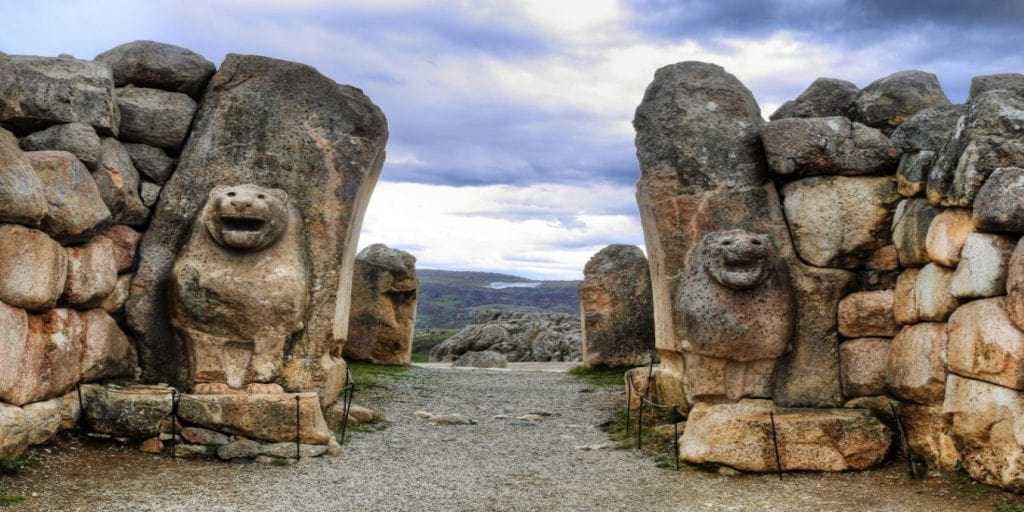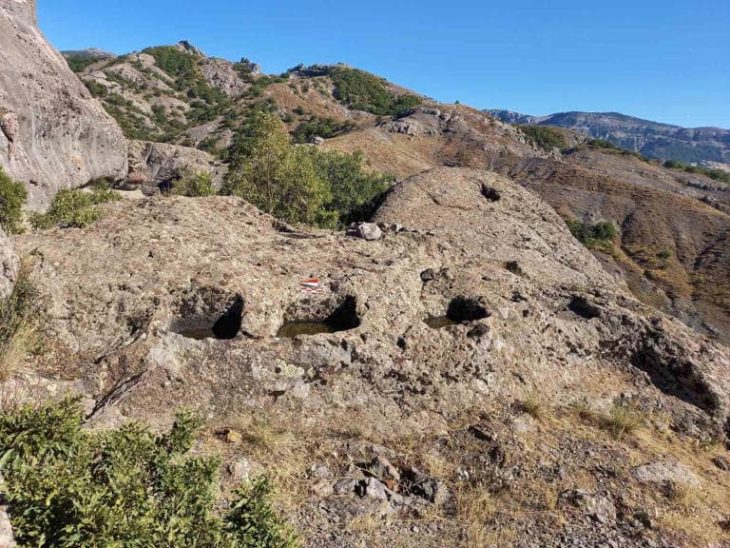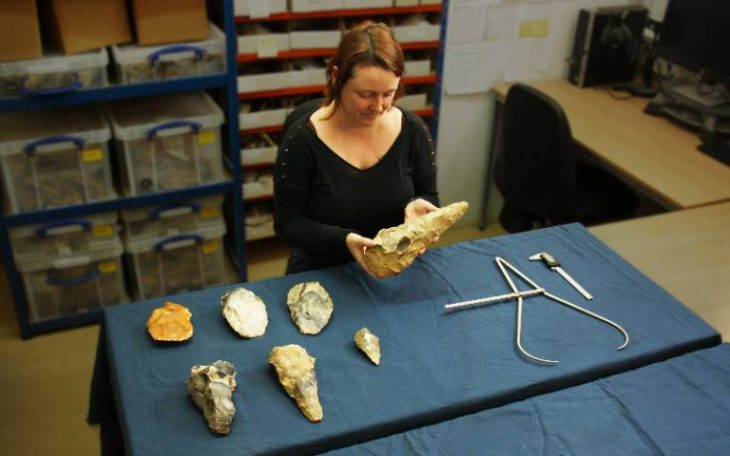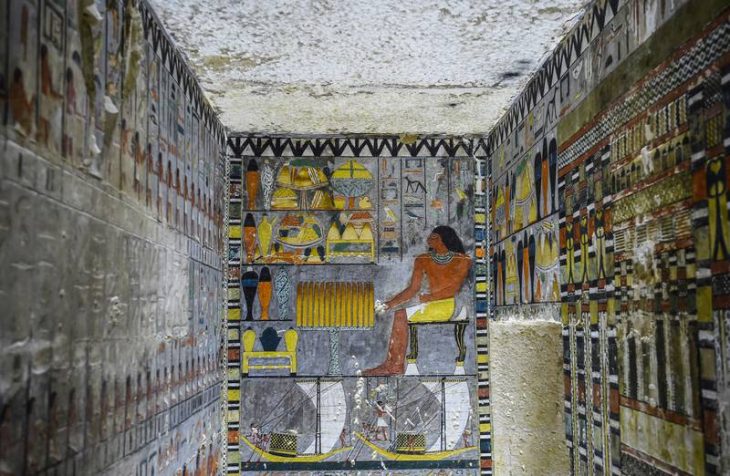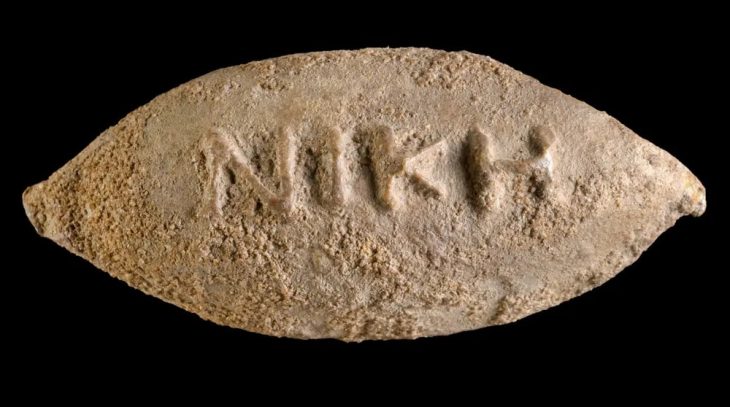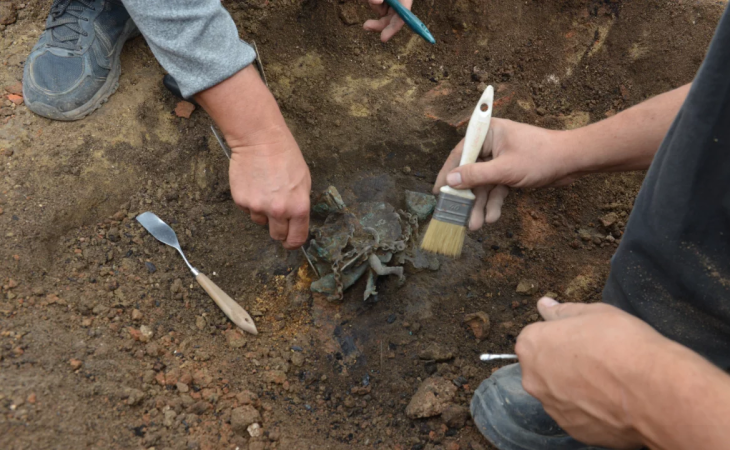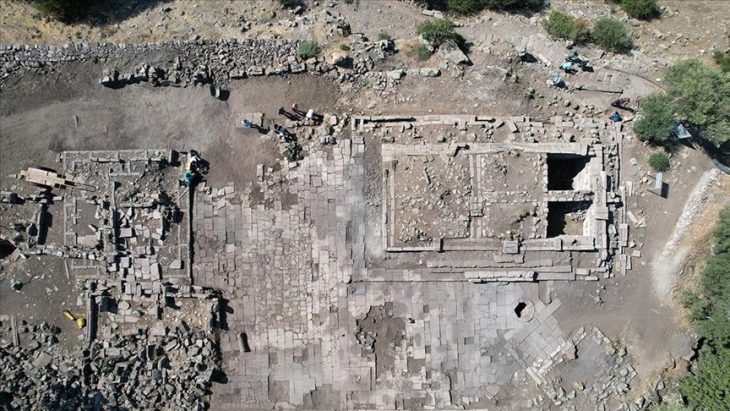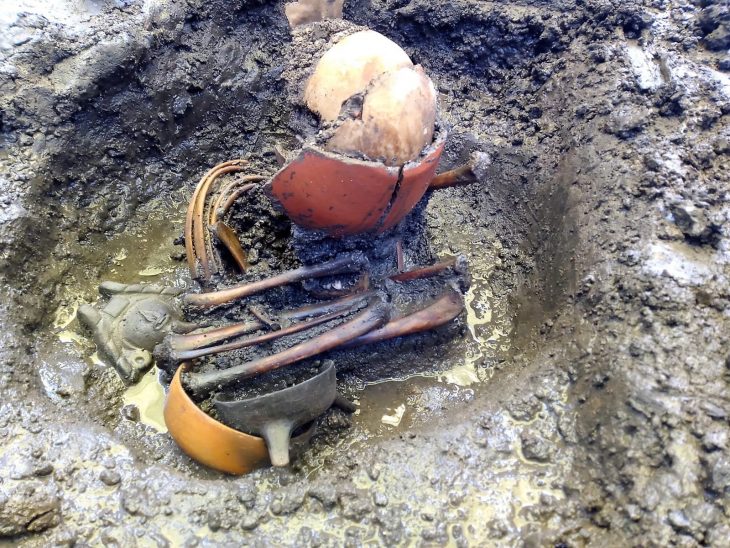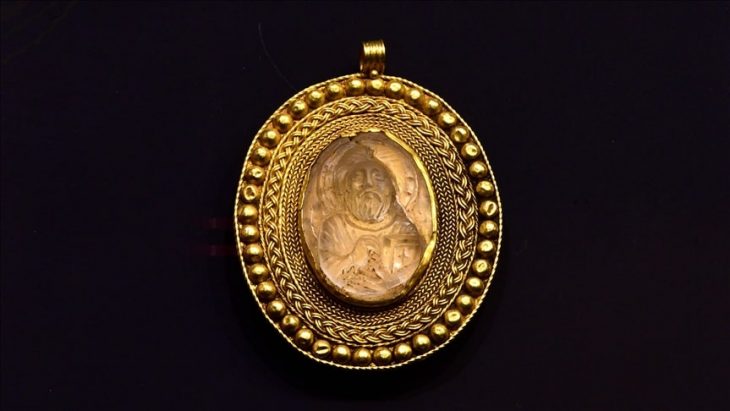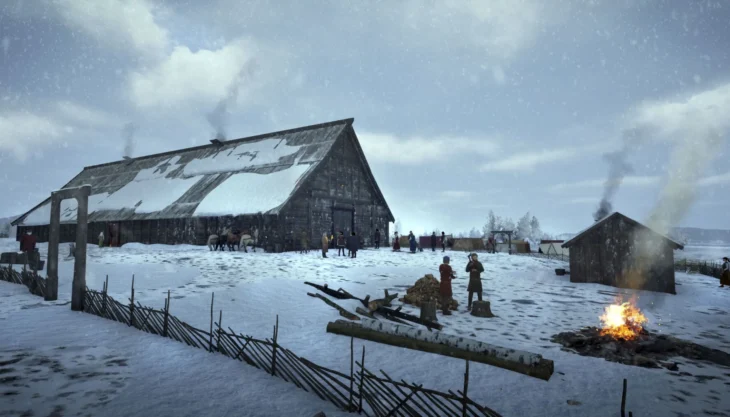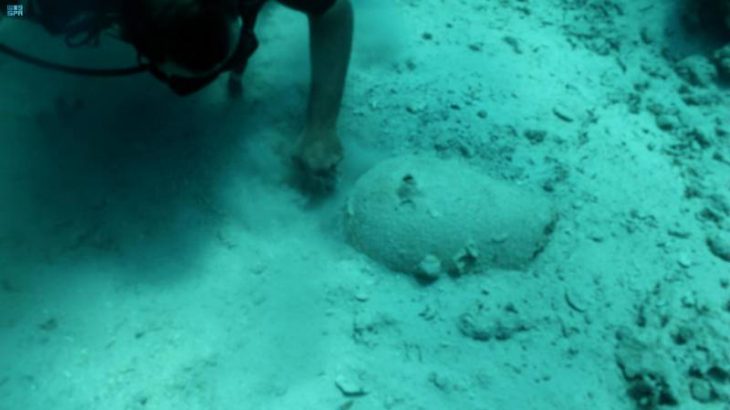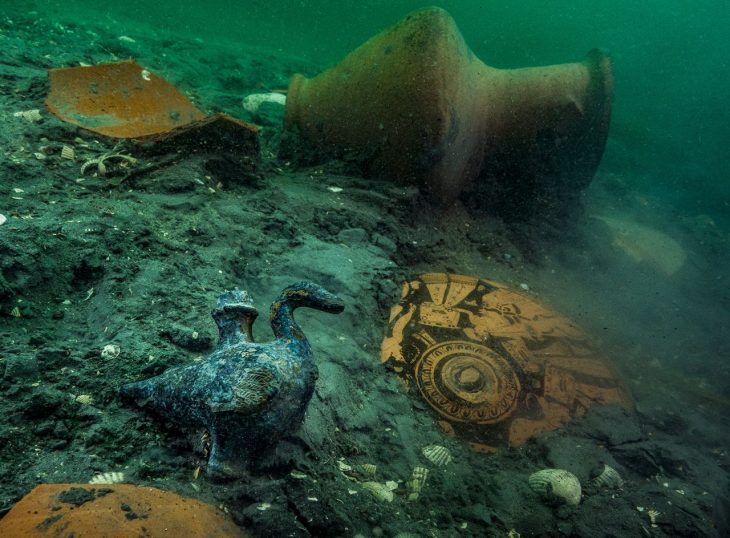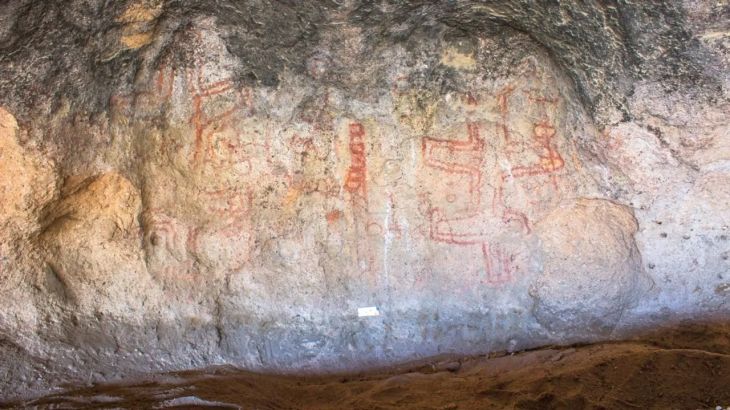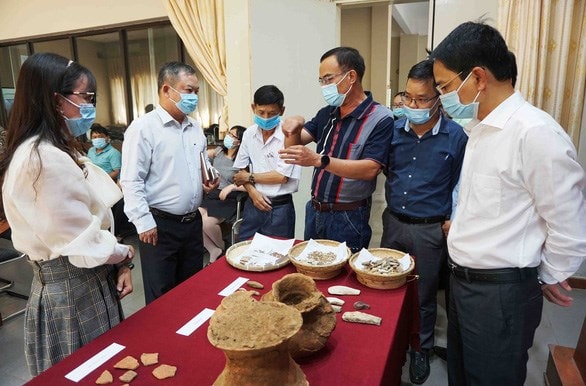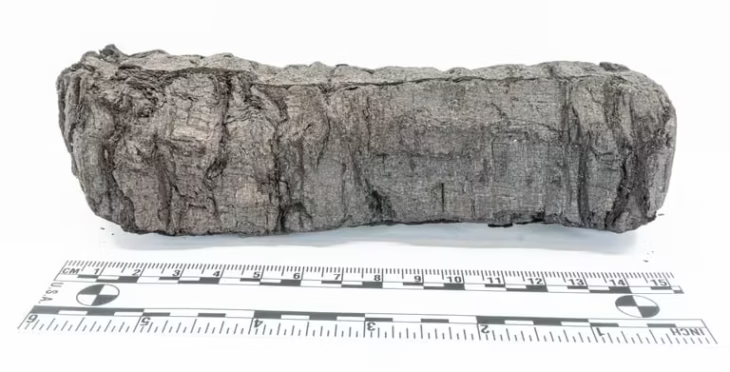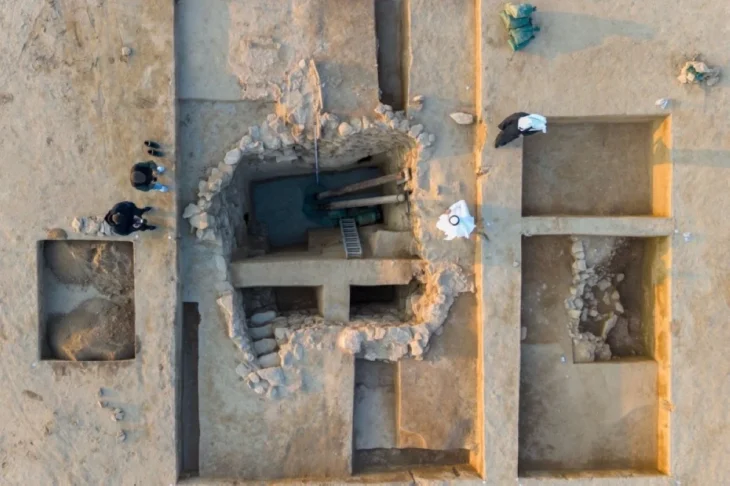The Çorum Provincial Directorate of Culture and Tourism announced in a written statement that a new Indo-European language was discovered during excavations in the Boğazkale district of Çorum, which is home to Hattusa, the capital of the Hittites.
The Hittites lived in Anatolia around 3,500 years ago. They recorded state treaties and decrees, prayers, myths, and incantation rituals on clay tablets – in a language that could only be deciphered around 100 years ago. The basis for this is around 30,000 manuscripts, which are predominantly written in the Hittite language, but also to a lesser extent in other languages such as Luwian or Palaian. Now a new one has been added to these languages.
The Hittites, one of the most mysterious and powerful civilizations in Anatolian history, empire rose with the invention of the alphabet when humanity transitioned from the Middle to the late Bronze Age in the late 14th and 12th centuries B.C.
We know that they were one of the greatest military powers of their time – after all, they went head-to-head with the great pharaohs of Egypt, such as Ramesses the Great, before their power was finally put in check by the world’s first peace treaty. And then one day, in around 1,180 B.C., their powerful empire suddenly broke apart, splintering into independent Neo-Hittite city-states, which slowly and mysteriously disappeared off the face of the earth.
In the statement, it was stated that new finds continued to be added to the cuneiform inscriptions in the archaeological studies carried out under the direction of Prof. Dr. Andreas Schachner from the Istanbul Branch of the German Archaeological Institute, and the following was noted:
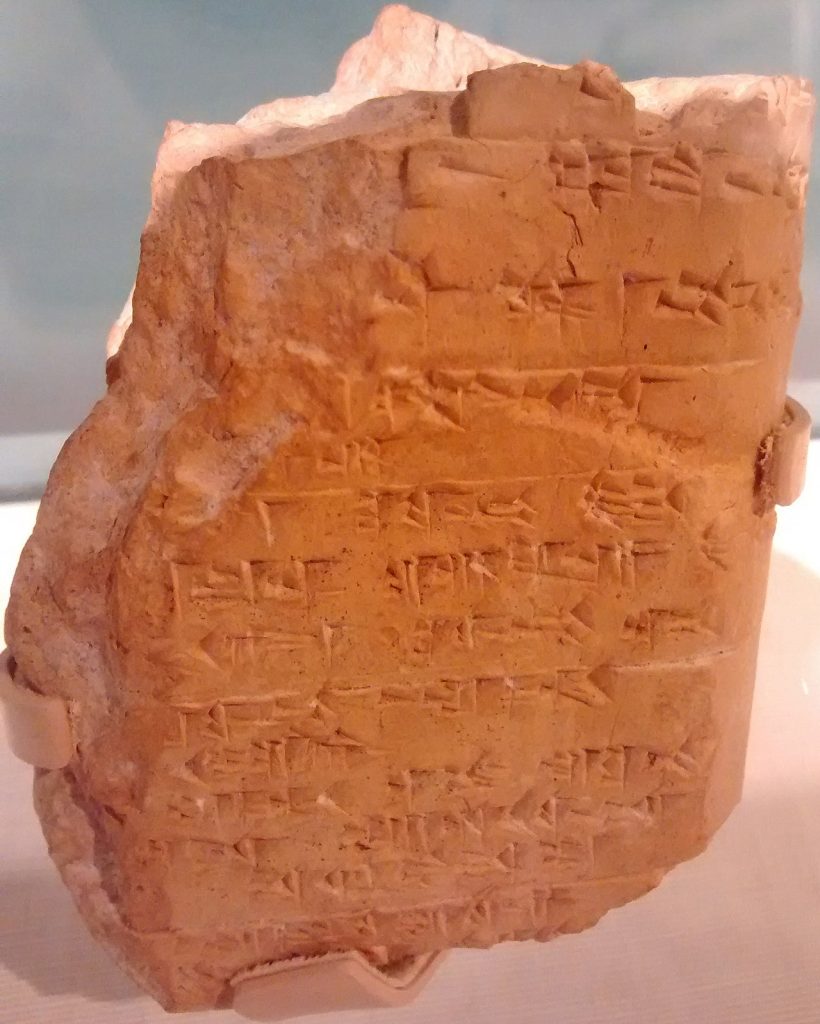
“Most of the texts were written in Hittite, the oldest proven Indo-European language and the dominant language in the region, but an unexpected surprise was encountered during this year’s excavations. A reading text written in a hitherto unknown language was hidden inside a cult ritual text written in Hittite. The excavation epigraphist is from the University of Würzburg, Germany Prof. Dr. Daniel Schwemer reports that he identified this language as the language of the Kalašma country, located at the northwestern end of the Hittite central region, probably in the modern Bolu or Gerede region.”
The discovery of another language in the Boğazköy-Hattusa archives is not entirely unexpected. According to Professor Schwemer, the Hittites had a unique interest in recording rituals in foreign languages. Ritual texts written by the Hittite king’s scribes reflect various Anatolian, Syrian and Mesopotamian traditions and linguistic environments. These rituals offer valuable perspectives on the little-known linguistic geography of Late Bronze Age Anatolia, where not only Hittite was spoken. As a matter of fact, the cuneiform texts in Boğazköy-Hattusa contain passages from Luwian and Palaca, two other Anatolian-Indo-European languages closely related to Hittite, as well as from Hattian, a language that is not of Indo-European origin. Now the Kalašma language can be added to these.”
In the statement, it was pointed out that the text in the Kalašma language, written in a newly discovered language, is still largely incomprehensible, and the following statements were made:
“Schwemer’s colleague, Prof. Dr. Elisabeth Rieken, an expert on ancient Anatolian languages, confirmed that this new language belongs to the Anatolian-Indo-European language family. According to Rieken, despite its geographical proximity to the region where Palaic is spoken, this text is linguistically Luwian.” How closely the Kalašma language, is related to other Luwian dialects in Late Bronze Age Anatolia will be the subject of further research.
Interdisciplinary studies at Boğazköy-Hattusa have been conducted by the German Archaeological Institute (DAI), Thyssen Foundation, “It is carried out as a project funded by the GRH Foundation, the Volkswagen Foundation and the Italian Ministry of Foreign Affairs. Scientists from DAI, Istanbul, Würzburg and the University of Marburg are working together on the documentation and evaluation of the text.”

